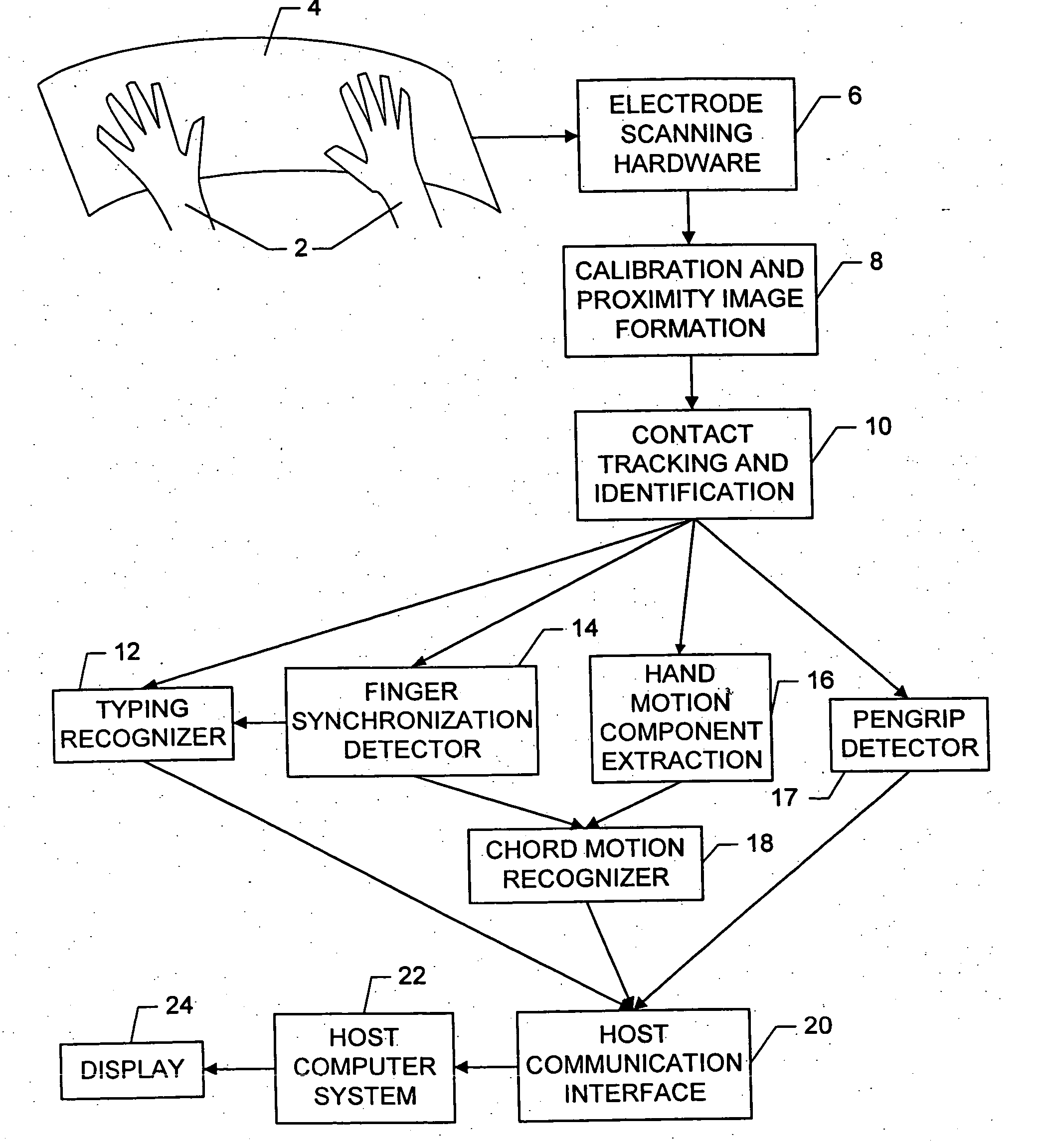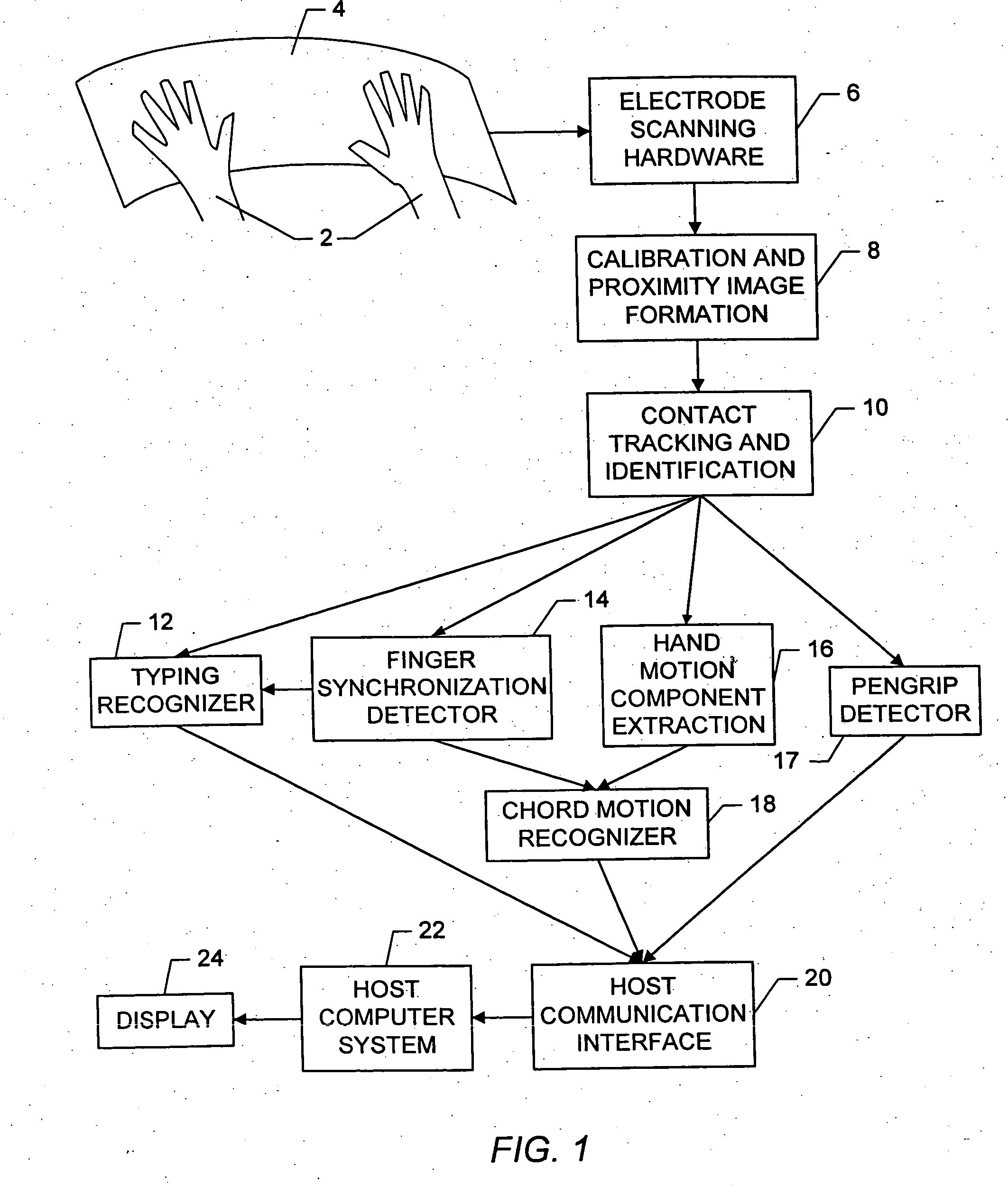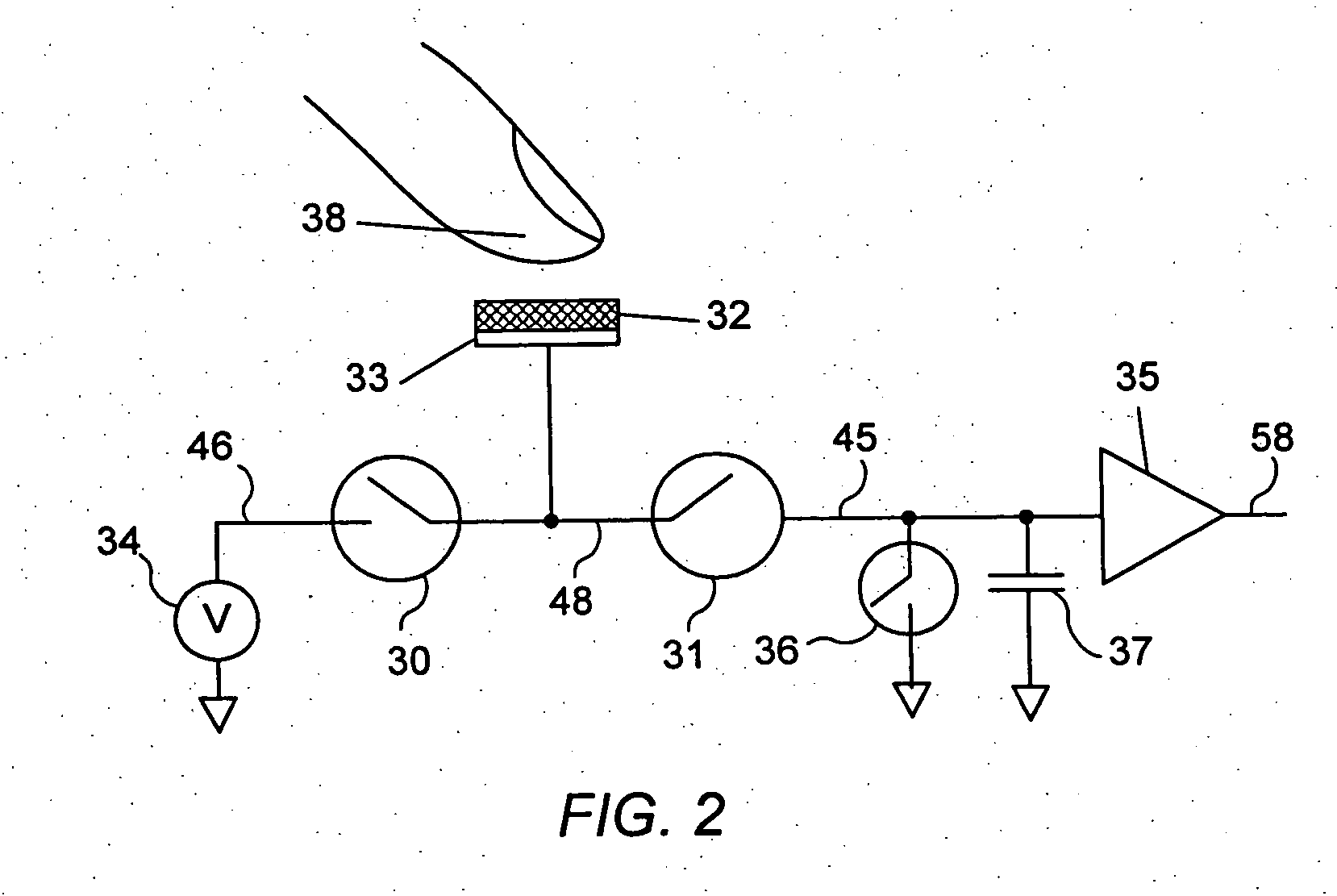Handwriting with a stylus is convenient for filling out forms which require signatures, special symbols, or small amounts of text, but handwriting is slow compared to typing and voice input for long documents.
The diversity of tasks that many computer users encounter in a single day call for all of these techniques, but few users will pay for a multitude of input devices, and the separate devices are often incompatible in a usability and an ergonomic sense.
For instance, drawing tablets are a must for graphics professionals, but switching between drawing and typing is inconvenient because the pen must be put down or held awkwardly between the fingers while typing.
However, voice is not appropriate for inputting all types of data either.
Furthermore, precise pointing, drawing, and manipulation of graphical objects is difficult with voice commands, no matter how well speech is understood.
Common graphical user interface operations such as finding and manipulating a scroll bar or slider control are much less efficient than specialized finger motions which cause scrolling directly, without the step of repositioning the cursor over an on-screen control.
Touchpads and mice with auxilliary scrolling controls such as the Cirque® Smartcat touchpad with edge scrolling, the IBM® ScrollPoint™ mouse with embedded pointing stick, and the Roller Mouse described in U.S. Pat. No. 5,530,455 to Gillick et al. represent small improvements in this area, but still do not provide enough direct manipulation channels to eliminate many often-used cursor motion sequences.
Furthermore, as S. Zhai et al. found in “Dual Stream Input for Pointing and Scrolling,”Proceedings of CHI '97 Extended Abstracts (1997), manipulation of more than two degrees of freedom at a time is very difficult with these devices, preventing simultaneous panning, zooming and rotating.
Disadvantageously, users sometimes pause at the edge of the pad without intending for cursor motion to continue, and the unexpected motion continuation becomes annoying.
Disadvantageously, touch velocity at liftoff is not a reliable indicator of the user's desire for motion continuation since when approaching a large target on a display at high speeds the user may not stop the pointer completely before liftoff.
Nevertheless, the limited movement range and resolution of these devices, leads to poorer pointing speed and accuracy than a mouse., and they add mechanical complexity to keyboard construction.
However, fast touch typing on a surface divided into a large array of key regions tends to produce more tangential motions along the surface than related art filtering techniques can tolerate.
Attempting to filter or suppress this much motion would make the cursor seem sluggish and unresponsive.
This causes an irreconcilable tradeoff between the ergonomic desires to reduce the fatigue from key activating force and to relax the full weight of the hands onto the keys during rest periods.
Though many ergonomic keyboards have been proposed, mechanical keyswitches can only be repositioned at great cost.
However, touch surfaces may not provide as much laterally orienting tactile feedback as the edges of mechanical keyswitches.
Handwriting on smooth touch surfaces using a stylus is well-known in the art, but it typically doesn't integrate well with typing and pointing because the stylus must be put down somewhere or held awkwardly during other input activities.
Also, it may be difficult to distinguish the handwriting activity of the stylus from pointing motions of a fingertip.
Many mechanical chord keyboards have been designed to detect simultaneous downward activity from multiple fingers, but they do not detect lateral finger motion over a large range.
Since most of these technologies use projective row and column sensors which integrate on one electrode the proximity of all objects in a particular row or column, they cannot uniquely determine the positions of two or more objects as discussed in S. Lee, “A Fast Multiple-Touch-Sensitive Input Device,” University of Toronto Masters Thesis (1984).
The best they can do is count fingertips which happen to lie in a straight row, and even that will fail if a thumb or palm is introduced in the same column as a fingertip.
Such synchronous measurements are very prone to noise at the driving frequency, so to increase signal-to-noise ratio they form virtual electrodes comprised of multiple rows or multiple columns, instead of a single row and column, and scan through electrode combinations until the various mutual capacitances are nulled or balanced.
Though this method can detect such objects, it tends to report their position as being near the middle of the pad, or simply does not detect floating objects near the edges.
U.S. Pat. No. 5,463,388 to Boie et al. has a capacitive sensing system applicable to either keyboard or mouse input, but does not consider the problem of integrating both types of input simultaneously.
Though they mention independent detection of arrayed unit-cell electrodes, their capacitance transduction circuitry appears too complex to be economically reproduced at each electrode.
Thus the long lead wires connecting electrodes to remote signal conditioning circuitry can pickup noise and will have significant capacitance compared to the finger-electrode self-capacitance, again limiting signal-to-noise ratio.
Also, they do not recognize the importance of independent electrodes for multiple finger tracking, or mention how to track multiple fingers on an independent electrode array.
Lee's design required only two diodes per electrode, but the principal disadvantage of Lee's design is that the column diode reverse bias capacitances allowed interference between electrodes in the same column.
However, for multiple finger detection, centroid calculation must be carefully limited around local maxima to include only one finger at a time.
However, parts of the hand such as intermediate finger joints and the center of the palms do not show up in capacitive proximity images at all if the hand is not flattened on the surface.
Without these intermediate linkages between fingertips and palms the overall hand structure can only be guessed at, making hand contact identification very difficult.
This is suitable for conforming to the contours of special products, but does not provide significant finger cushioning for large surfaces.
Even if a cushion was placed under the film, the lack of stretchability in the film, leads, and electrodes would limit the compliance afforded by the compressible material.
However, an insulator more than about one millimeter thick would seriously attenuate the measured finger-electrode capacitances.
 Login to View More
Login to View More  Login to View More
Login to View More 


